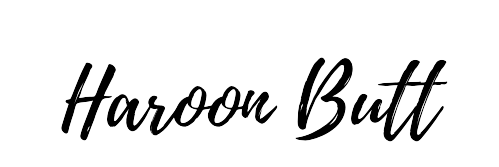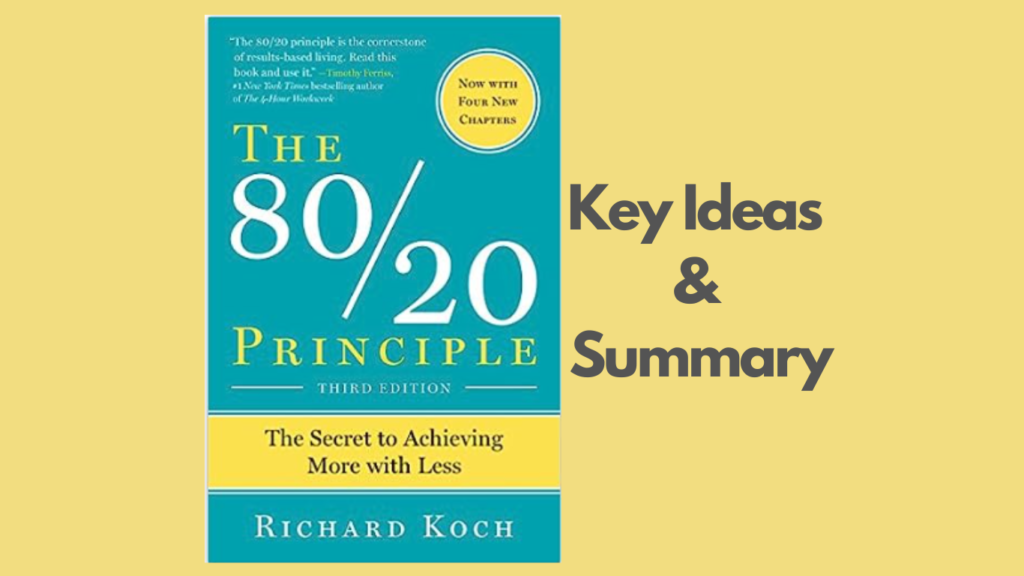“The 80/20 Principle” by Richard Koch is a book that explores the power of the Pareto Principle, also known as the 80/20 rule. The principle suggests that roughly 80% of outcomes are a result of 20% of inputs or causes. Here are the key ideas from the book and an explanation of each:
1. The Principle of Imbalance: The 80/20 rule reveals that there is an inherent imbalance in the distribution of results, where a minority of efforts or inputs generate the majority of results. Understanding this principle allows us to focus our efforts on the vital few activities that yield significant outcomes.
2. Focus on High-Impact Activities: Identify the 20% of inputs that produce 80% of the desired results. By prioritizing these high-impact activities, we can maximize our effectiveness and achieve more with less effort.
3. Time Management: Apply the 80/20 rule to time management by identifying the few activities that contribute the most to our goals. Eliminate or delegate non-essential tasks and focus on the critical few that have the most significant impact.
4. Decision Making: Recognize that not all decisions have equal importance. Apply the 80/20 rule to decision-making by focusing on the vital few decisions that drive the majority of outcomes. Prioritize these decisions and allocate resources accordingly.
5. Leverage and Amplify Results: Identify the 20% of clients, products, or initiatives that generate the majority of profits or success. Concentrate your efforts on optimizing and expanding these high-value areas to amplify overall results.
6. Simplify and Streamline: Apply the 80/20 rule to simplify and streamline processes, systems, and workflows. Identify the critical few steps or components that drive the majority of the desired outcomes and eliminate unnecessary complexities.
7. Focus on Strengths: Recognize that not all activities or skills are equally valuable. Identify your strengths and the activities where you excel, and focus on leveraging and maximizing those strengths. Delegate or outsource tasks that are outside your expertise.
8. Continuous Improvement: Use the 80/20 principle as a lens for continuous improvement. Regularly evaluate your activities, investments, and relationships to identify the critical few that contribute the most value. Seek opportunities to optimize and improve these areas.
The 80/20 principle serves as a powerful tool for identifying the most influential factors and making focused, strategic choices. By leveraging the vital few inputs, individuals and organizations can achieve more with less, increase productivity, and drive meaningful results.


